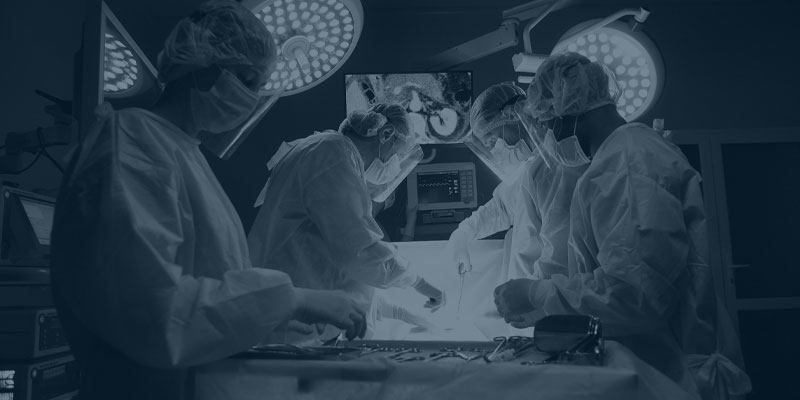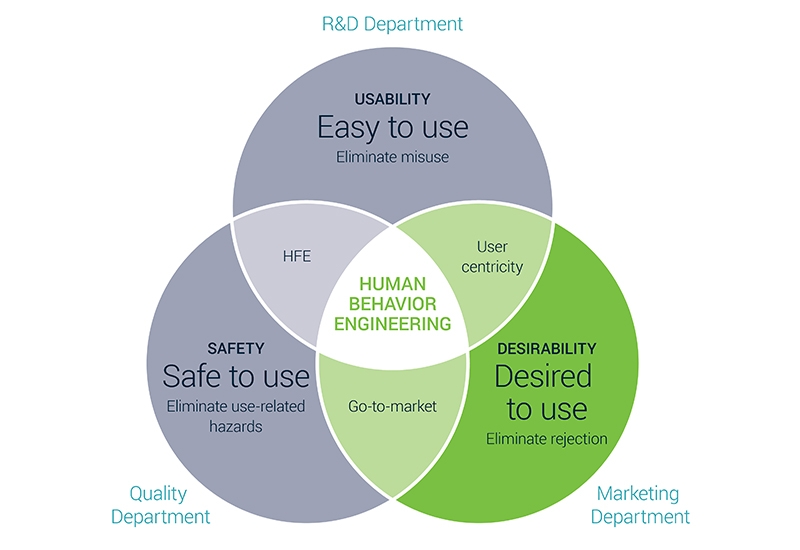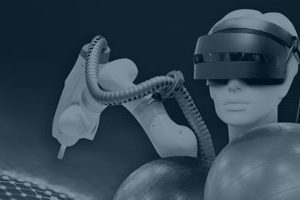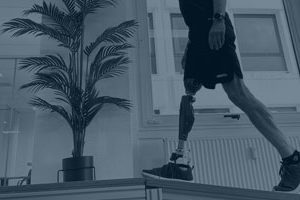The operating room is one of a hospital’s most critical and complex environments. They require high levels of precision and accuracy for rapid and efficient operations. As the healthcare industry evolves, so do the demands of the OR. The continued development of both minimally invasive procedures and imaging technologies is increasingly pushing traditional ORs to hybrid alternatives. How can Human Behavior Engineering help you develop meaningful and effective solutions?

There are numerous articles, books, blogs, webinars and other content tackling these questions. However, putting them into practice, and applying the theories to your specific case, isn’t trivial.
What is a hybrid OR?
A hybrid OR combines a conventional operating room with an imaging system such as MRI, CT scan, or angiography system and robotic surgery. As a result, the hybrid operating room makes it possible to simultaneously reach a diagnosis and provide treatment during surgical interventions.
However, designing new technology for this OR is not a walk in the park. Even when the innovative solution demonstrates increased efficiency, effectiveness, and/or cost reduction user adoption isn’t guaranteed. A potential catastrophe for the product’s and the company’s success.
So it’s essential to activate a user’s behavior towards your product, in addition to validating your medical device concepts through the conventional usability engineering studies (IEC 62366) to eliminate use-related hazards and misuse. That’s why we advise combining risk-based usability with a de-risking resistance and rejection by the end-user approach in our Human Behaviour Engineering framework.
Human Behaviour Engineering framework
One of the biggest challenges in the hybrid OR is that different teams have to interact and collaborate smoothly and efficiently before and during the surgery. Focusing innovations on sub teams among specialties like surgery, radiology and anesthesiology, for example, can stimulate a potential ‘in-group/out-group’ mentality. As a result, staff may start feeling only responsible for their own sub teams’ roles and tasks, creating longer waiting times, less effective procedures, and an uneven distribution of work.

The design of a hybrid OR can actually improve this team collaboration by looking at the environment and user profiles. By identifying how your product(s) will influence a certain behavior, you can search for desirability differentiators and build meaningful interactions with the end users. The Human Behavior Engineering framework allows you to define the usability, safety and desirability of your solution, eliminating unintended use (misuse), use-related hazards and rejection. The result: a true fit-to-market medical device!
Design for team collaboration
So how can Human Behavior Engineering help you to improve team collaboration? One approach to this is to map the entire current workflow. Study the dynamics of the OR workflow, such as patient transfer to the operating table, the space required for anesthesia equipment, surgeon and other health care personnel ergonomics, and the nurses’ ability to find equipment. Each of these factors can have a profound influence on the design of the space.
In the next phase, the multidisciplinary team could be guided through a simulation merging the different workflows of the specialties to test assumptions, identify areas of conflict and even find new opportunities for collaboration.
Want to learn more about Human Behavior Engineering? Make sure to check out our perspective and download our study logic!
Download the study logic on behavioral design beyond human factor engineering




